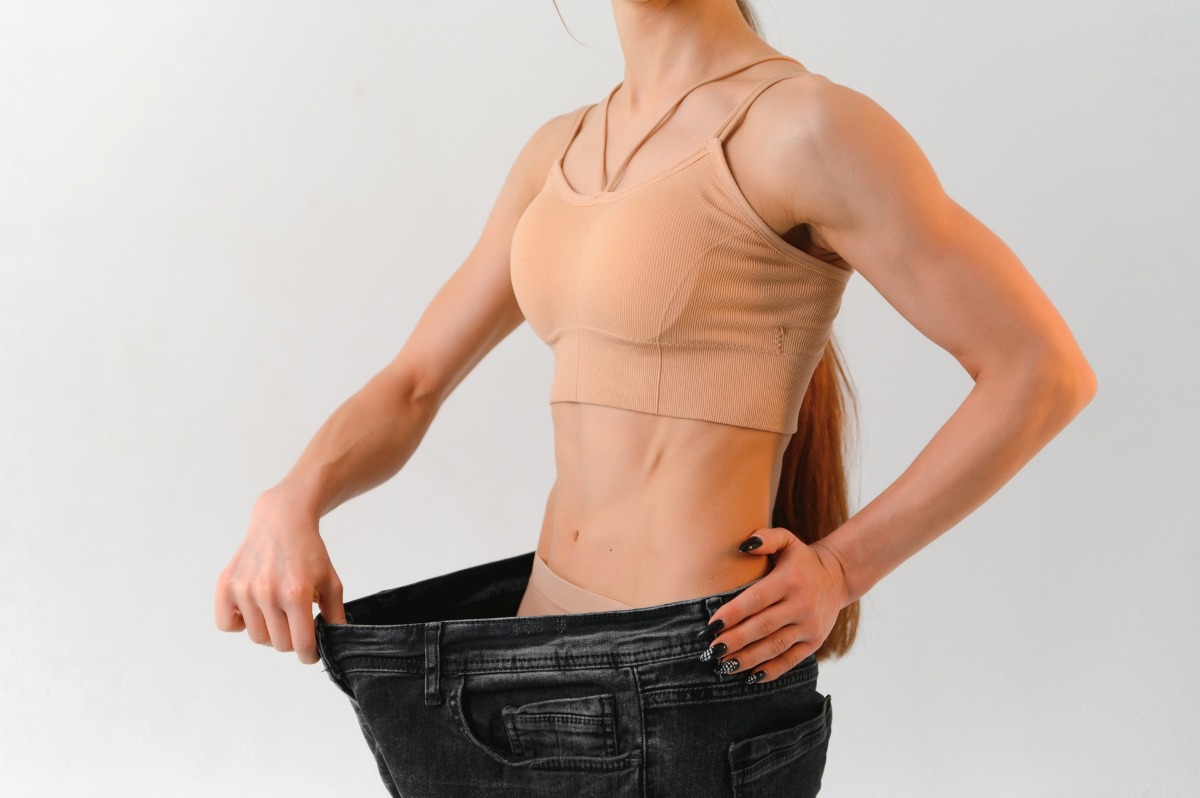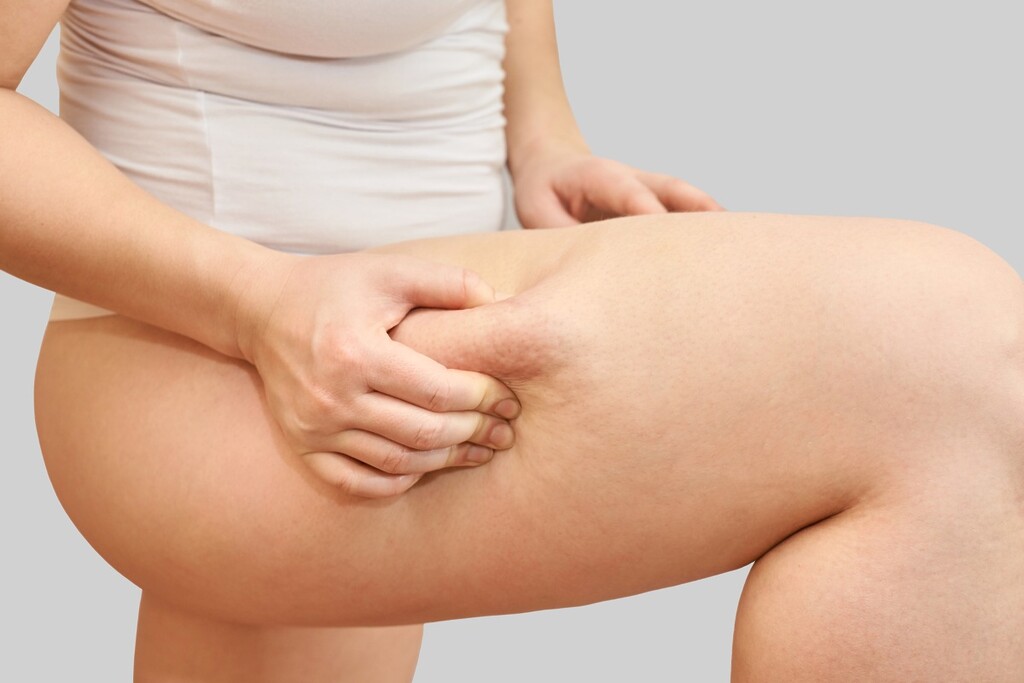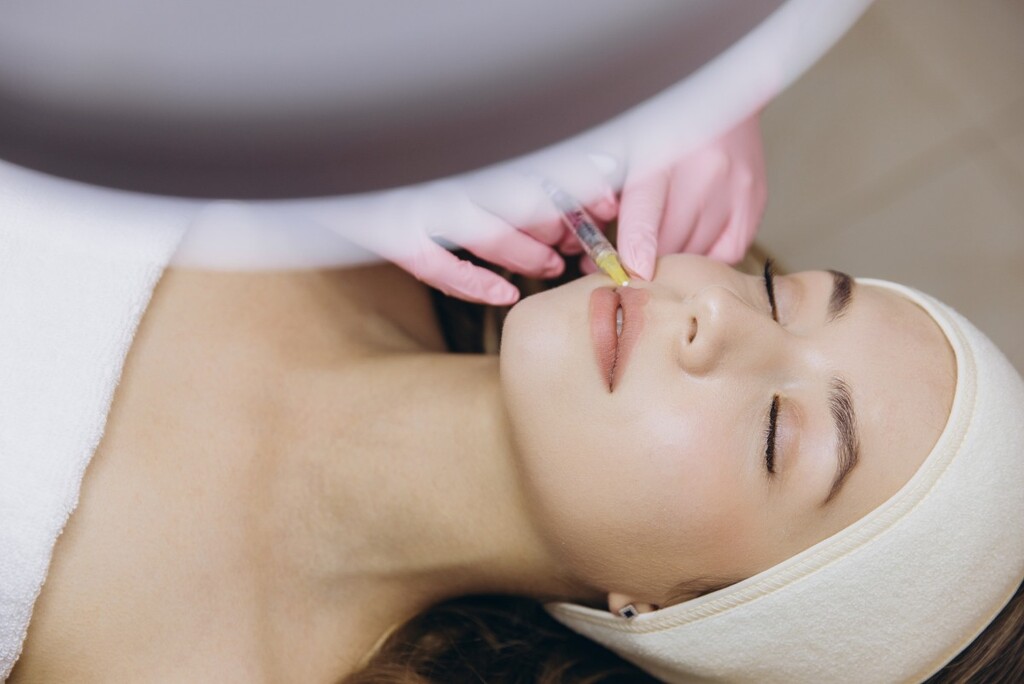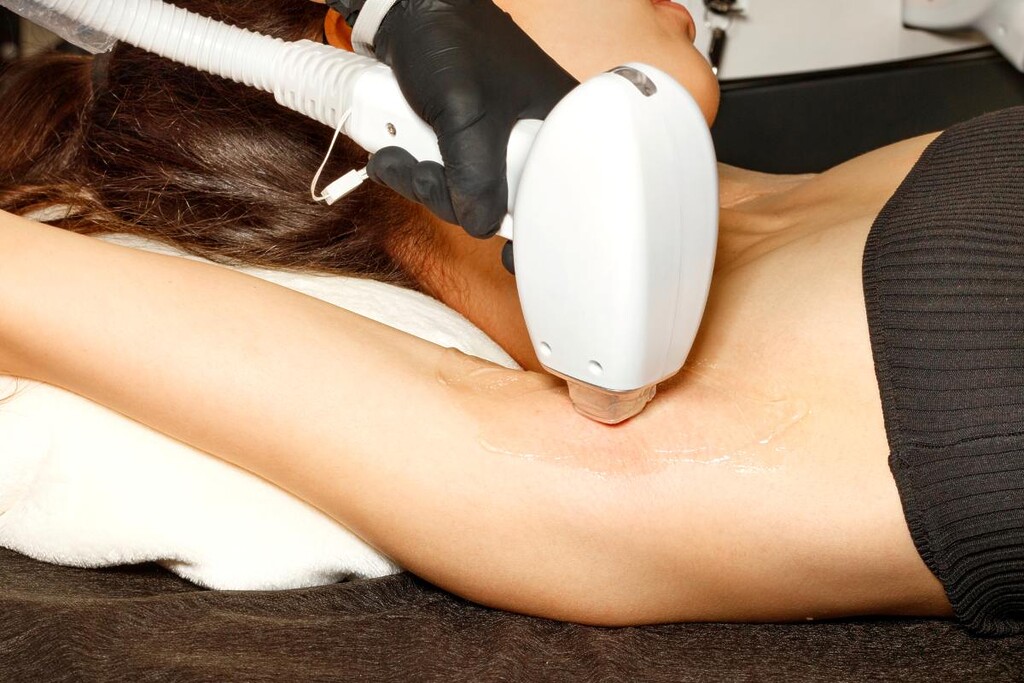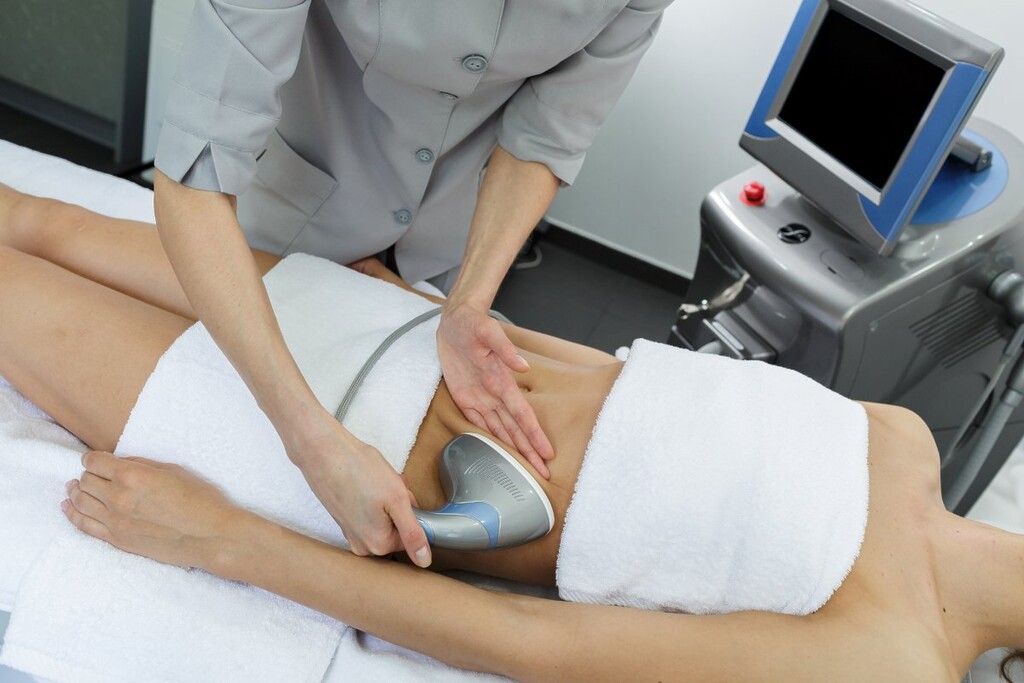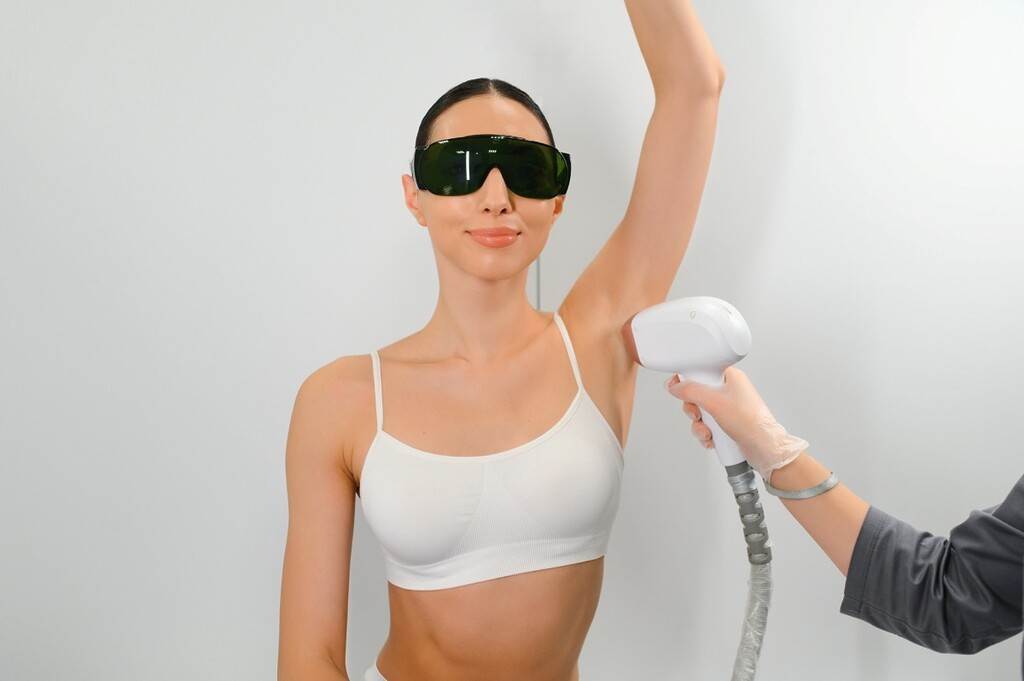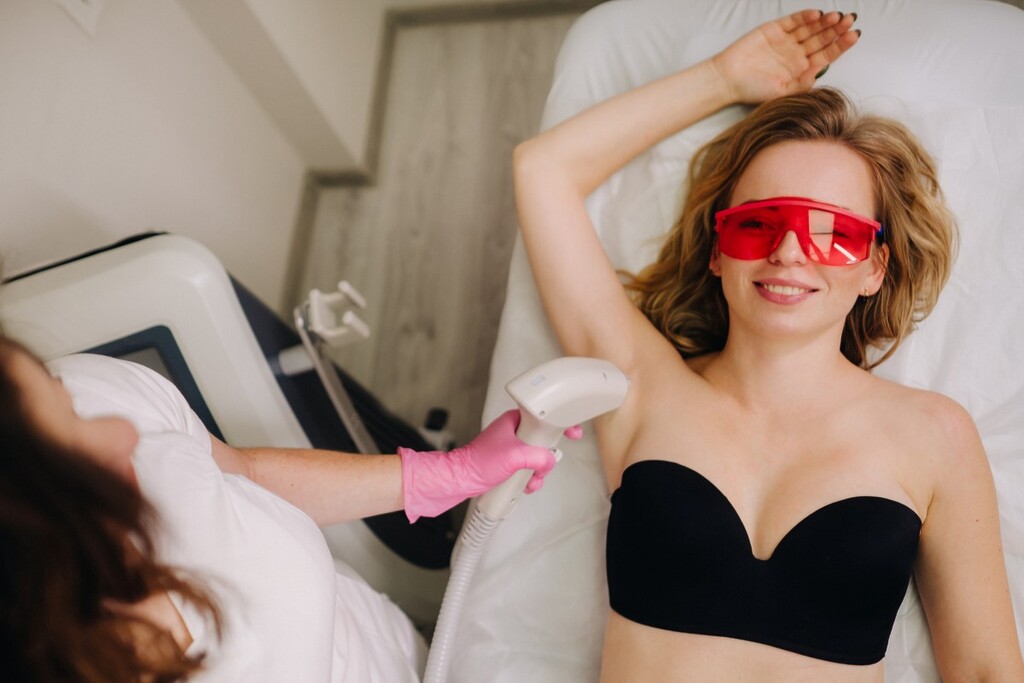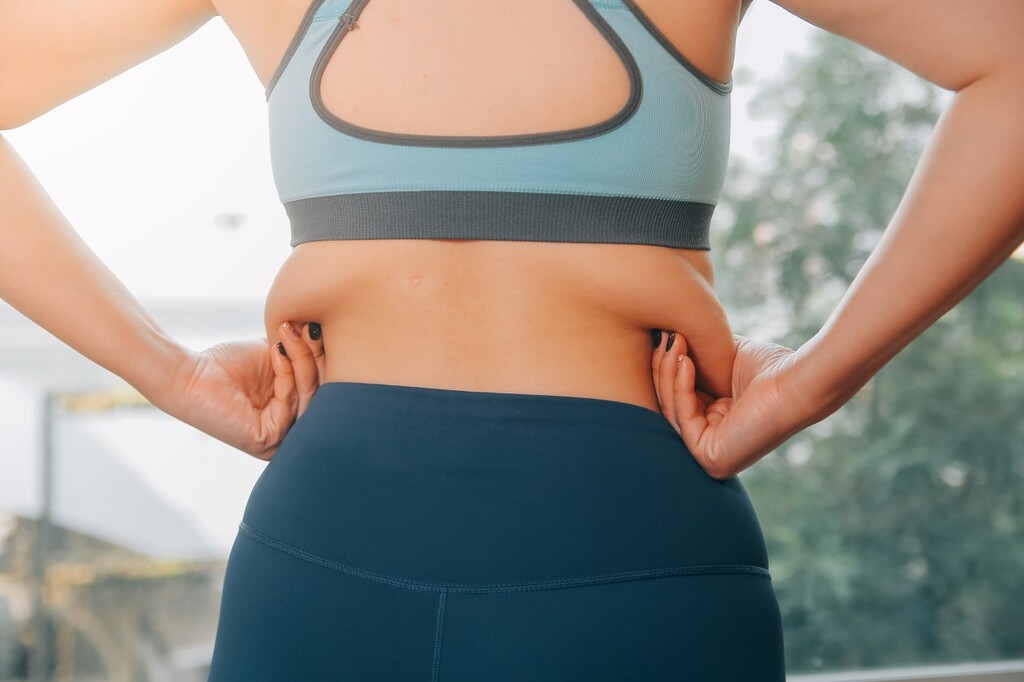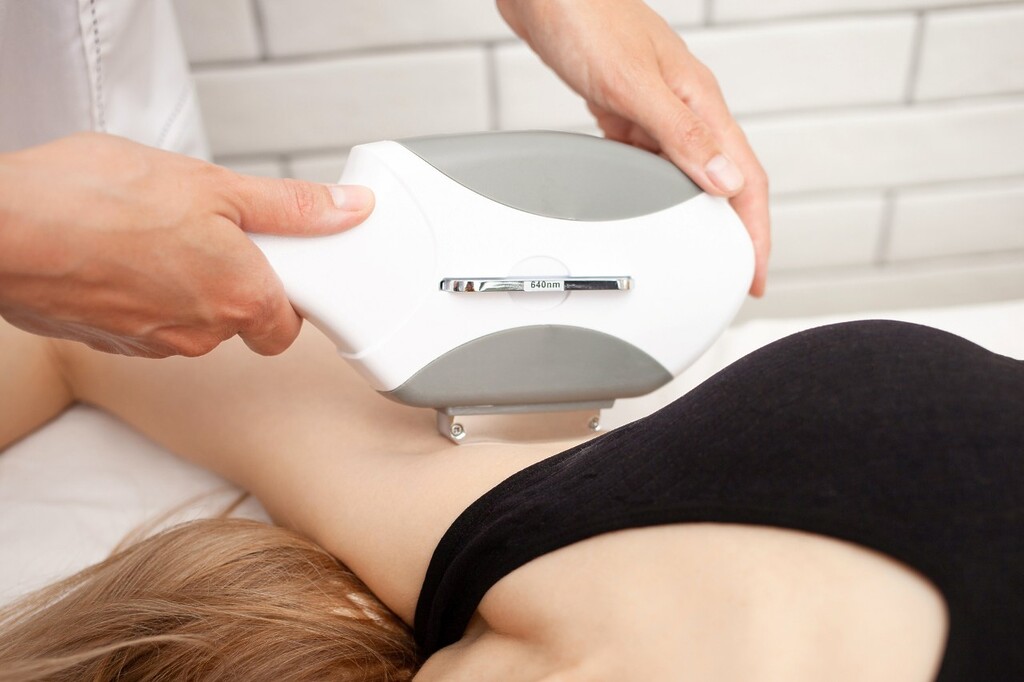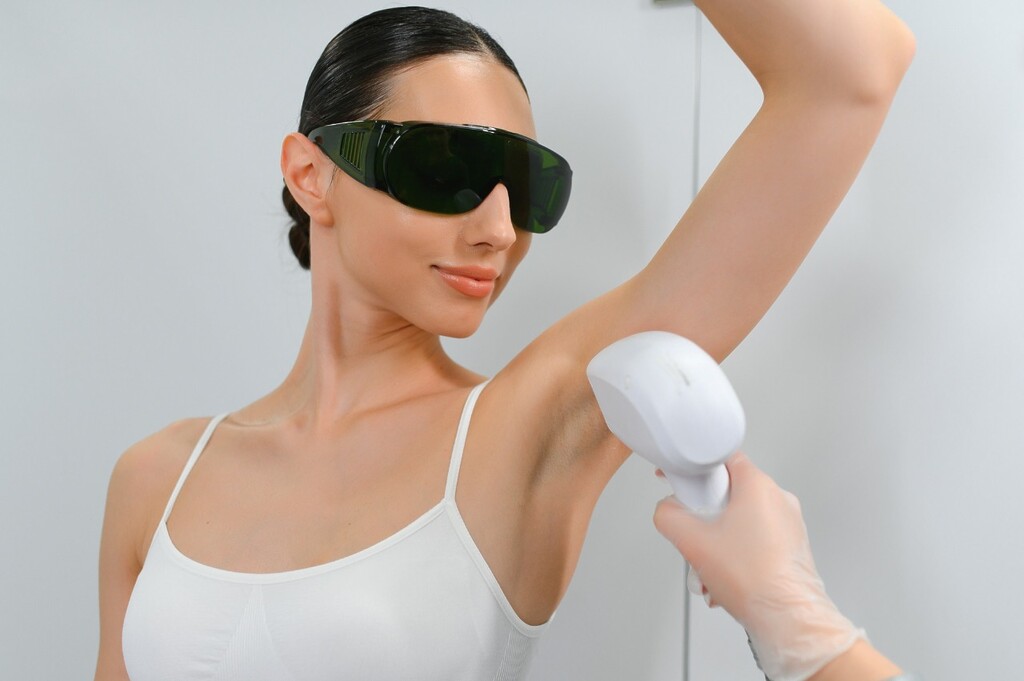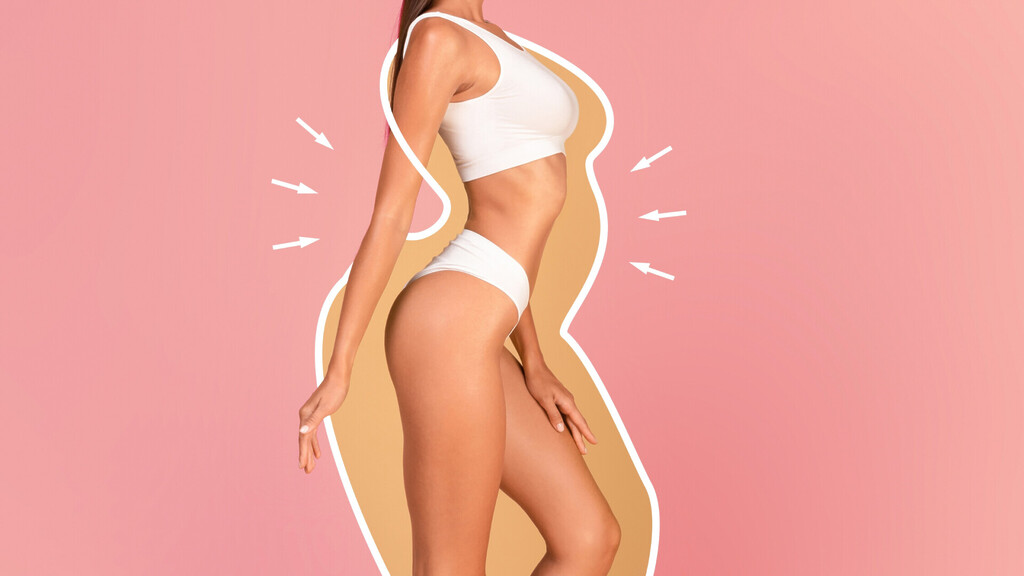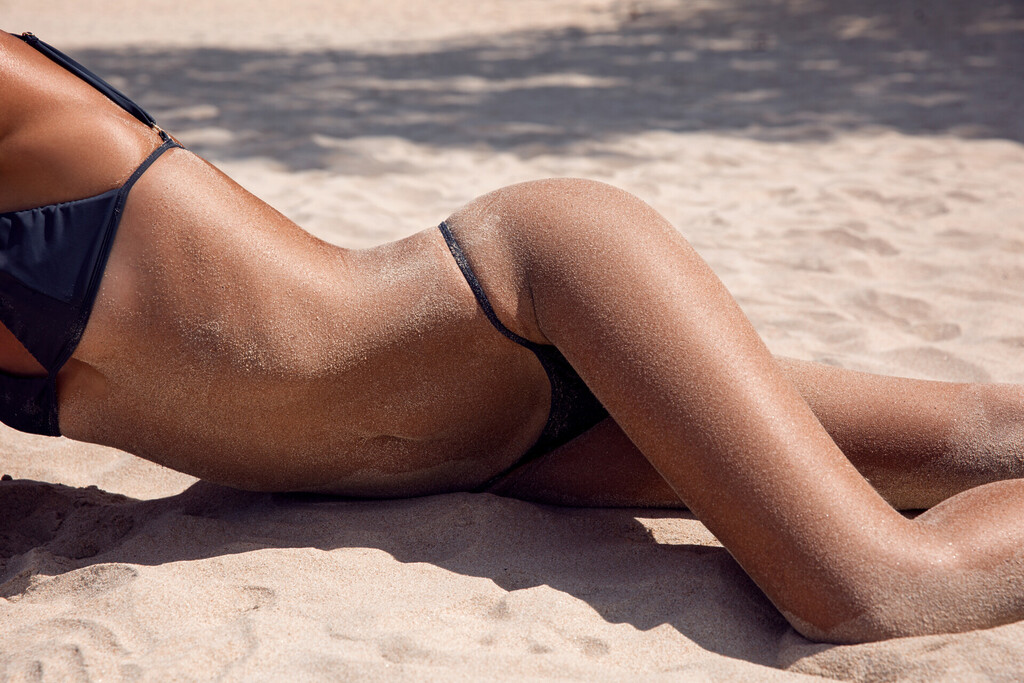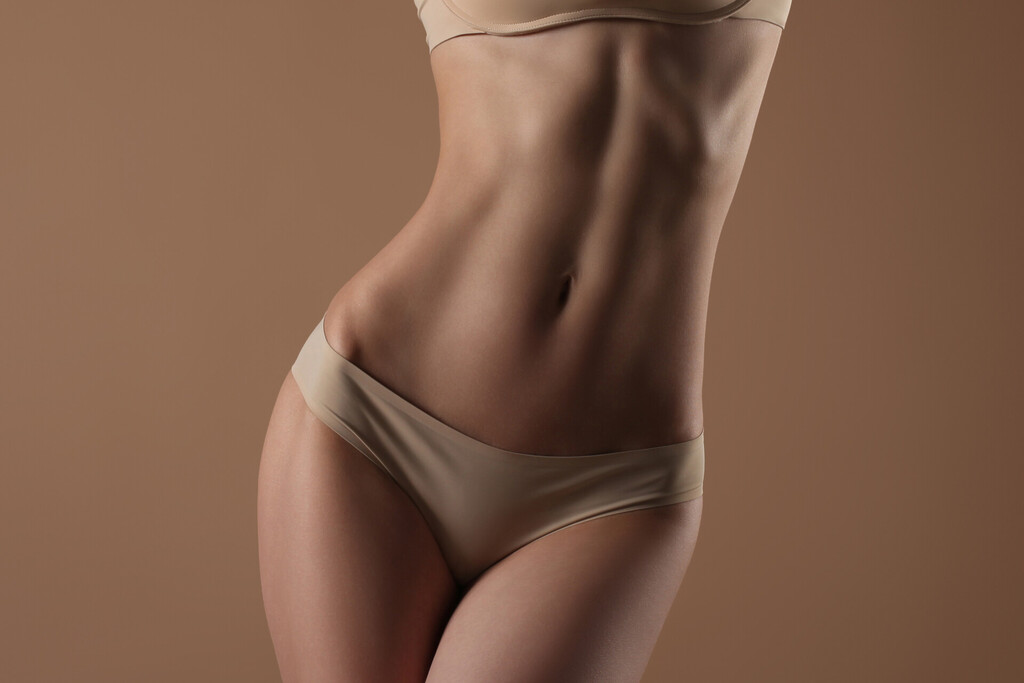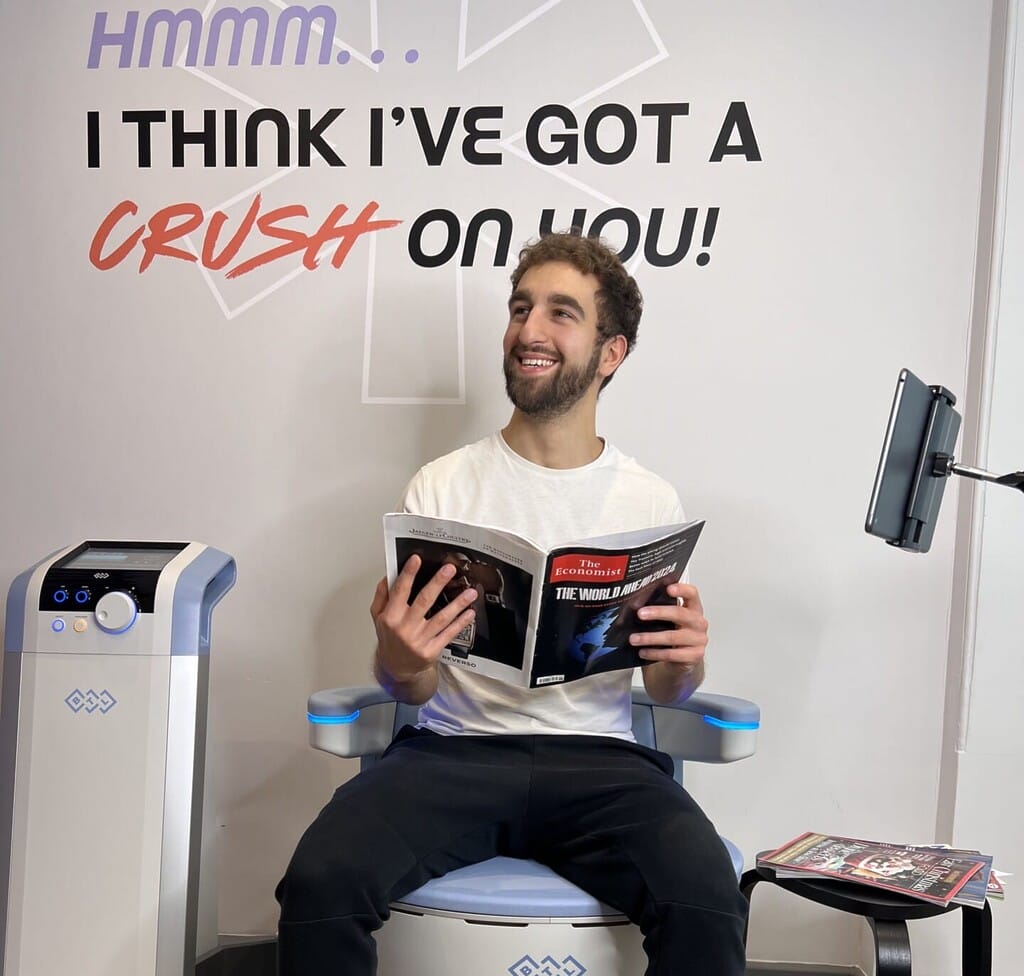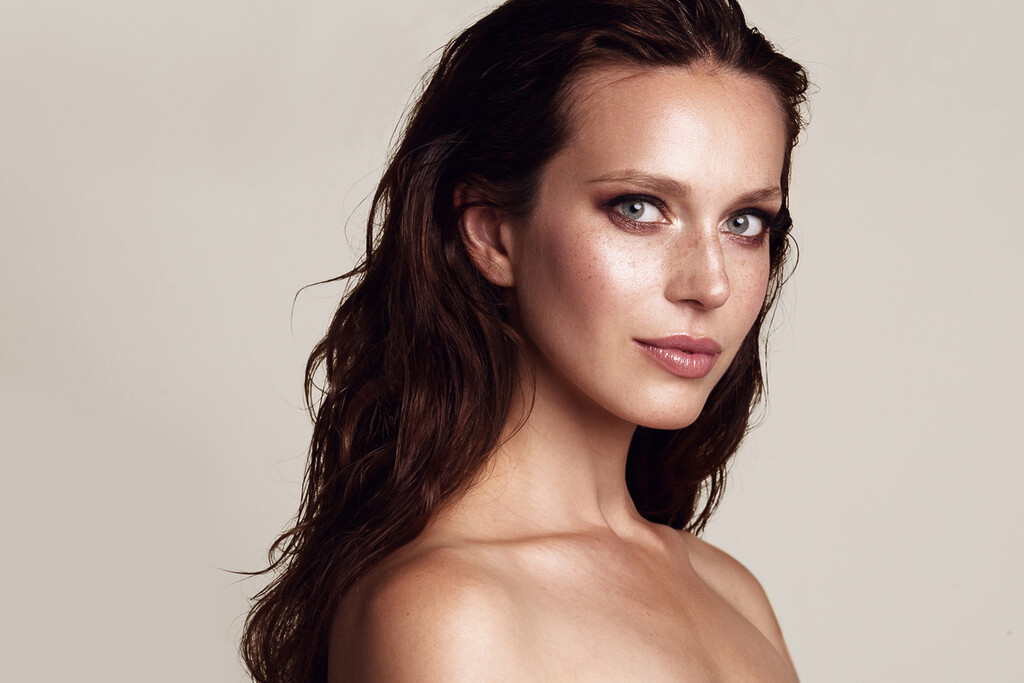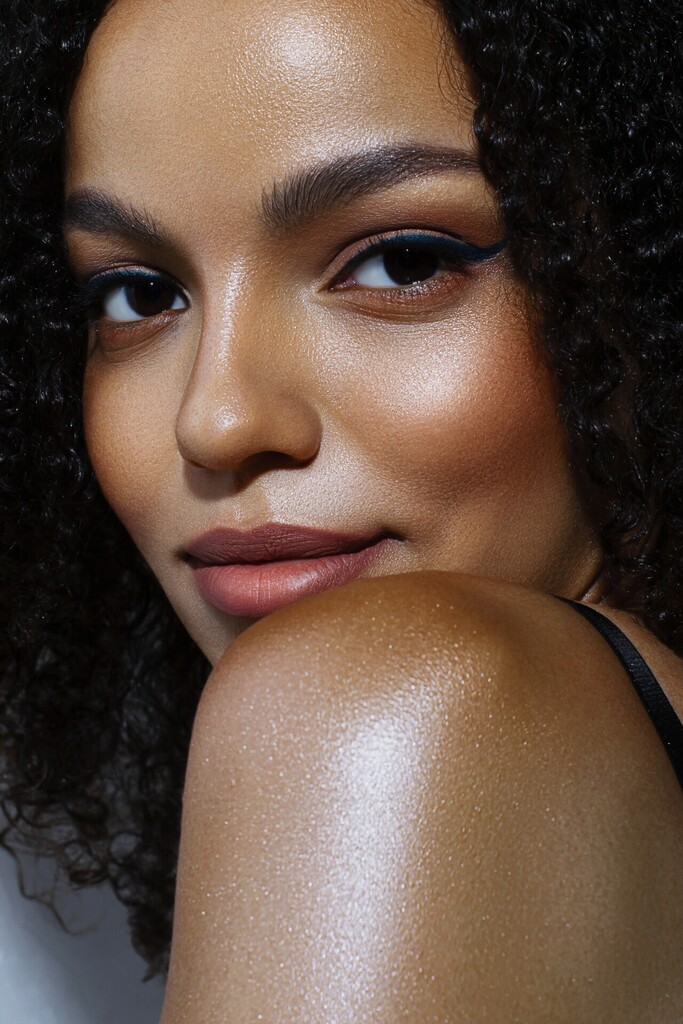The science-y term for fat freezing is cryolipolysis, which – if we break it down – literally means destroying fat through freezing. The treatment was developed after scientists noticed that fat cells are more sensitive to cold than the surrounding skin or muscle tissue. This sparked the idea that, by exposing certain areas of the body to controlled cooling, you could selectively damage those fat cells while leaving everything else unharmed.
During a session, a device is placed on the targeted area – say, the abdomen, thighs, or under the chin. It gently pulls the skin and fat into an applicator where it’s cooled to just above freezing. The temperature is low enough to crystallise fat cells, which then triggers a natural process where your body gradually breaks them down and flushes them out through the lymphatic system.
The result? A reduction in localised fat bulges over the following weeks or months. There’s no cutting, no needles, no anaesthesia. Just a bit of cold (and, occasionally, some mild discomfort).
Does Fat Freezing Really Work?
That’s the big question, isn’t it? Does fat freezing work – or is it all marketing fluff and fancy terminology?
From a clinical perspective, yes, it works. Studies have shown that cryolipolysis can reduce fat in the treated area by up to 25% after a few months. But – and this is important – it’s not a miracle cure for overall weight loss. It’s more about refining shape than reducing numbers on the scale.
Think of it as part of a larger body sculpting journey. It targets those “why-won’t-you-go-away” bits – love handles, lower belly, upper arms – that tend to resist diet and exercise. For those looking into non-invasive body sculpting, fat freezing can absolutely play a role.
However, results vary. Some people see noticeable changes after one session, while others need several to achieve their goals. It also depends on your metabolism, your body composition, and your lifestyle habits. If someone finishes a treatment and then goes back to living on pastries and takeaways (we’ve all been there), well, the body may not be as cooperative.
What to Expect During and After Treatment
First, the practitioner will mark the area and apply a gel pad to protect the skin. Then comes the applicator – the device that suctions and cools the tissue. The first few minutes can feel strange: intense cold, slight tingling, sometimes even a pulling sensation. But after a short while, the area typically goes numb, and the discomfort eases off.
Most sessions last between 30 minutes to an hour, depending on the area. Many people pass the time scrolling on their phone, reading, or even napping. Once it’s over, the practitioner removes the device and massages the treated area to help restore circulation and break up any frozen fat cells.
Afterwards, there might be some redness, mild bruising, or tenderness, but these side effects usually fade within a few days. And the best part? You can go straight back to your normal routine – no downtime, no recovery period.
The real transformation, however, happens gradually. Over the next 8–12 weeks, your body processes and eliminates the damaged fat cells. That’s when you start to see the definition and smoothness creeping in.
What Are The Risks?

While fat freezing is considered safe for most people, it’s still a medical treatment – and like all treatments, it comes with potential risks.
The most common side effects are mild: temporary swelling, redness, or sensitivity. Rarely, a condition called paradoxical adipose hyperplasia (PAH) can occur, where the treated area actually becomes larger instead of smaller. It sounds alarming (and yes, it’s frustrating), but it’s not dangerous, and it can be corrected with other body contouring methods if needed.
There’s also the risk of nerve discomfort or uneven fat reduction if the treatment isn’t performed properly. That’s why choosing a reputable clinic is essential. If you’re considering it, make sure you’re working with trained professionals who specialise in body sculpting methods like fat freezing.
A professional consultation should always come first. You’ll be asked about your medical history, any recent surgeries, and your expectations. It’s not suitable for everyone – those with certain cold-related conditions, for instance, should avoid it.
Fat Freezing vs. Other Sculpting Methods
Fat freezing isn’t the only player in the non-invasive body contouring game. There’s also laser lipolysis, radiofrequency sculpting, and even ultrasound-based treatments. Each one uses a different form of energy – heat, sound, or cold – to target fat cells.
What makes fat freezing particularly appealing is its precision and comfort. It’s a targeted, temperature-controlled process that doesn’t involve any thermal damage to surrounding tissue. But it’s not necessarily better than other methods – just different. Some people respond better to heat-based treatments, while others find cryolipolysis gives them the most visible results.
The ideal scenario? A combination approach tailored to your body and goals. Think of it as a sculptor’s toolkit: different instruments for different details.
So… Should You Try It?
That depends. If you’re close to your ideal weight but still frustrated by small, stubborn pockets of fat, then yes – it could be worth exploring. Fat freezing offers subtle, natural-looking results that develop over time. It’s not instant gratification, but it is real.
However, if you’re hoping for a dramatic transformation or a quick fix, this probably isn’t the treatment for you. Cryolipolysis is about refinement, not reinvention.
And here’s a little reminder that often gets lost in the marketing: fat freezing doesn’t stop new fat from forming. It only eliminates the fat cells that are treated. So, maintaining results depends on balanced eating, regular movement, and a bit of consistency (the unglamorous but necessary part).
Final Thoughts
Fat freezing is one of those fascinating treatments that sits right on the border between science and self-care. It’s practical, yes, but also a little bit magical in how it reshapes without surgery.
So, does fat freezing work? In short, yes – it can and often does. But it’s not a universal solution. It’s a tool, not a miracle. The best outcomes come from understanding what it can realistically do and pairing it with healthy habits and professional guidance.
If you’re intrigued by the idea of reshaping without going under the knife, consider exploring non-invasive body sculpting. There’s genuine artistry in it when done right – science, precision, and a dash of confidence all working together to bring out your best shape.
